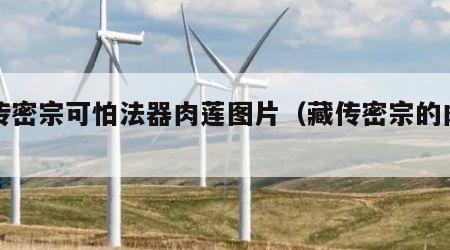Introduction to the Growth Enterprise Market (GEM)
As someone deeply immersed in the financial markets, I find the Growth Enterprise Market (GEM) in China to be a fascinating subject. Often referred to as the 创业板 in Chinese, the GEM is a stock exchange segment designed to support small and medium-sized enterprises (SMEs) with high growth potential. Launched in 2009 by the Shenzhen Stock Exchange, the GEM has become a critical platform for innovative companies seeking to raise capital and expand their operations.
The Purpose and Significance of the GEM
The primary objective of the GEM is to provide a financing avenue for companies that may not meet the stringent requirements of the main board. These companies are typically in the early stages of development, often in sectors like technology, healthcare, and green energy. By offering a less restrictive listing environment, the GEM enables these enterprises to access the capital they need to innovate and grow.
From my perspective, the GEM plays a vital role in fostering entrepreneurship and innovation in China. It not only supports the growth of SMEs but also contributes to the overall economic development by creating jobs and driving technological advancements.
Key Features of the GEM
Understanding the unique characteristics of the GEM is essential for anyone interested in this market. Here are some of its key features:
- Lower Listing Requirements: Compared to the main board, the GEM has more relaxed criteria for profitability, revenue, and market capitalization. This makes it accessible to younger companies with high growth potential.
- Focus on Innovation: The GEM is particularly attractive to companies in innovative industries, such as biotechnology, renewable energy, and information technology.
- Higher Risk and Reward: Investing in GEM-listed companies can be riskier due to their early-stage nature, but it also offers the potential for significant returns.
- Regulatory Framework: While the listing requirements are less stringent, the GEM still maintains a robust regulatory framework to protect investors and ensure market integrity.
How the GEM Differs from Other Markets
One of the most common questions I encounter is how the GEM differs from other stock market segments, such as the main board or the Small and Medium Enterprise (SME) Board. Here’s a breakdown:
- Main Board: The main board is designed for large, established companies with a proven track record of profitability. Listing requirements are stricter, and the companies listed here are generally more stable.
- SME Board: The SME Board, also part of the Shenzhen Stock Exchange, caters to small and medium-sized enterprises but has slightly higher listing requirements compared to the GEM.
- GEM: The GEM is tailored for high-growth, innovative companies that may not yet be profitable but have significant potential. It’s a more speculative market with higher volatility.
Investing in the GEM: Opportunities and Risks
As an investor, I find the GEM to be an exciting but challenging market. The potential for high returns is undeniable, especially if you can identify the next big success story. However, it’s crucial to be aware of the risks involved:
- Volatility: GEM-listed stocks are often more volatile than those on the main board. Prices can fluctuate significantly in response to market sentiment or company-specific news.
- Liquidity: Some GEM stocks may have lower trading volumes, making it harder to buy or sell shares without affecting the price.
- Regulatory Changes: The regulatory environment for the GEM is still evolving, and changes in rules or policies can impact the market.
Despite these risks, the GEM offers unique opportunities for investors willing to do their homework. Diversification and thorough research are key to navigating this market successfully.
The Future of the GEM
Looking ahead, I believe the GEM will continue to play a pivotal role in China’s economic landscape. As the country shifts toward a more innovation-driven economy, the demand for financing among high-growth companies is likely to increase. The GEM is well-positioned to meet this demand, provided it continues to evolve and adapt to the changing needs of the market.
Moreover, the integration of the GEM with other global markets could open up new opportunities for cross-border investments and collaborations. This would not only benefit Chinese companies but also provide international investors with access to a broader range of investment opportunities.
Thank you for reading this article. By understanding the Growth Enterprise Market (GEM), you can better appreciate its role in fostering innovation and economic growth in China. If you’re interested in exploring further, consider researching specific GEM-listed companies or learning more about China’s broader financial markets.


